You can work like Walt Whitman with Northeastern’s new letterpress
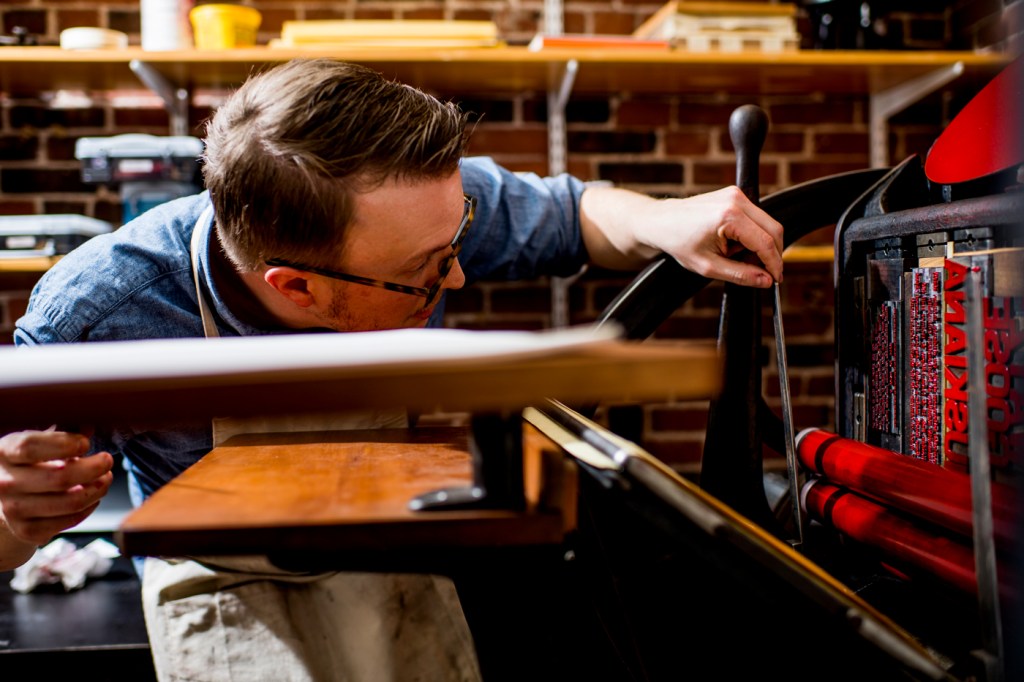
It’s 10 a.m. on a Thursday morning in late January, and Ryan Cordell is preparing to print Walt Whitman’s poem “A Font of Type.” But he’s not at his computer Googling the poem or typing out the words. He’s standing in Northeastern’s new letterpress studio in Holmes Hall at the university’s Boston campus.
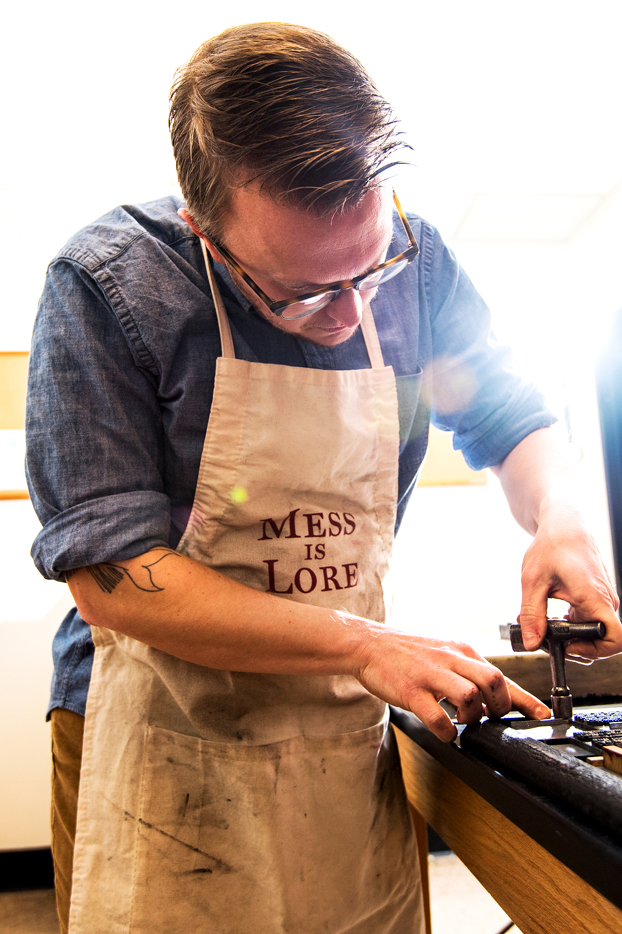


Letterpress printing, which began in the 15th century, uses raised letters and images made of metal type to imprint words and designs on paper. It has been replaced over the years by more modern commercial printing technologies, and today it is most commonly used to print wedding invitations, baby announcements, and business cards with an old-fashioned touch.
But Cordell sees in this ancient craft an opportunity for today’s lifelong learners. He envisions Northeastern’s letterpress studio, which he directs, as a hub of experiential learning where students, faculty, and others can learn about the craft and create their own projects.
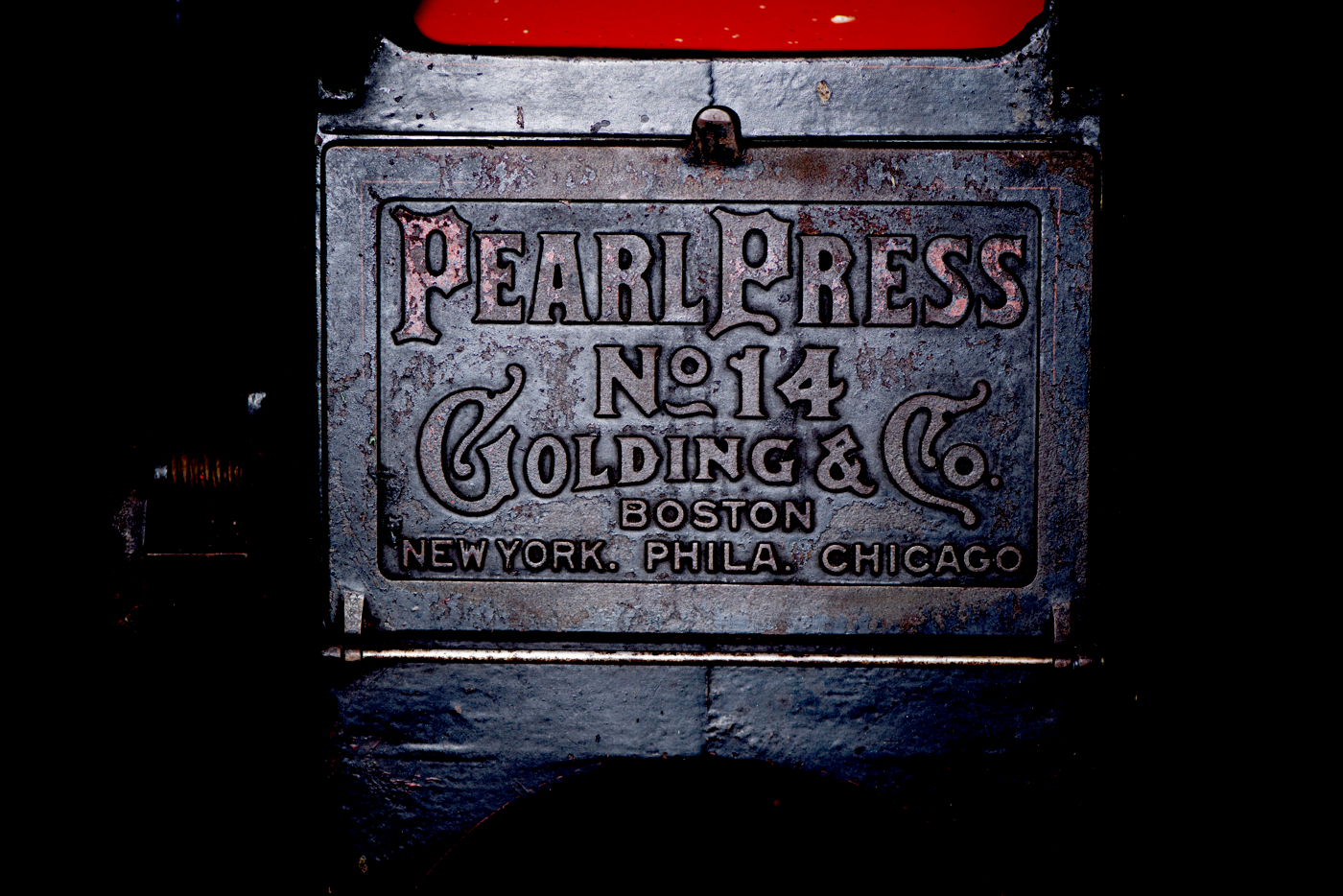
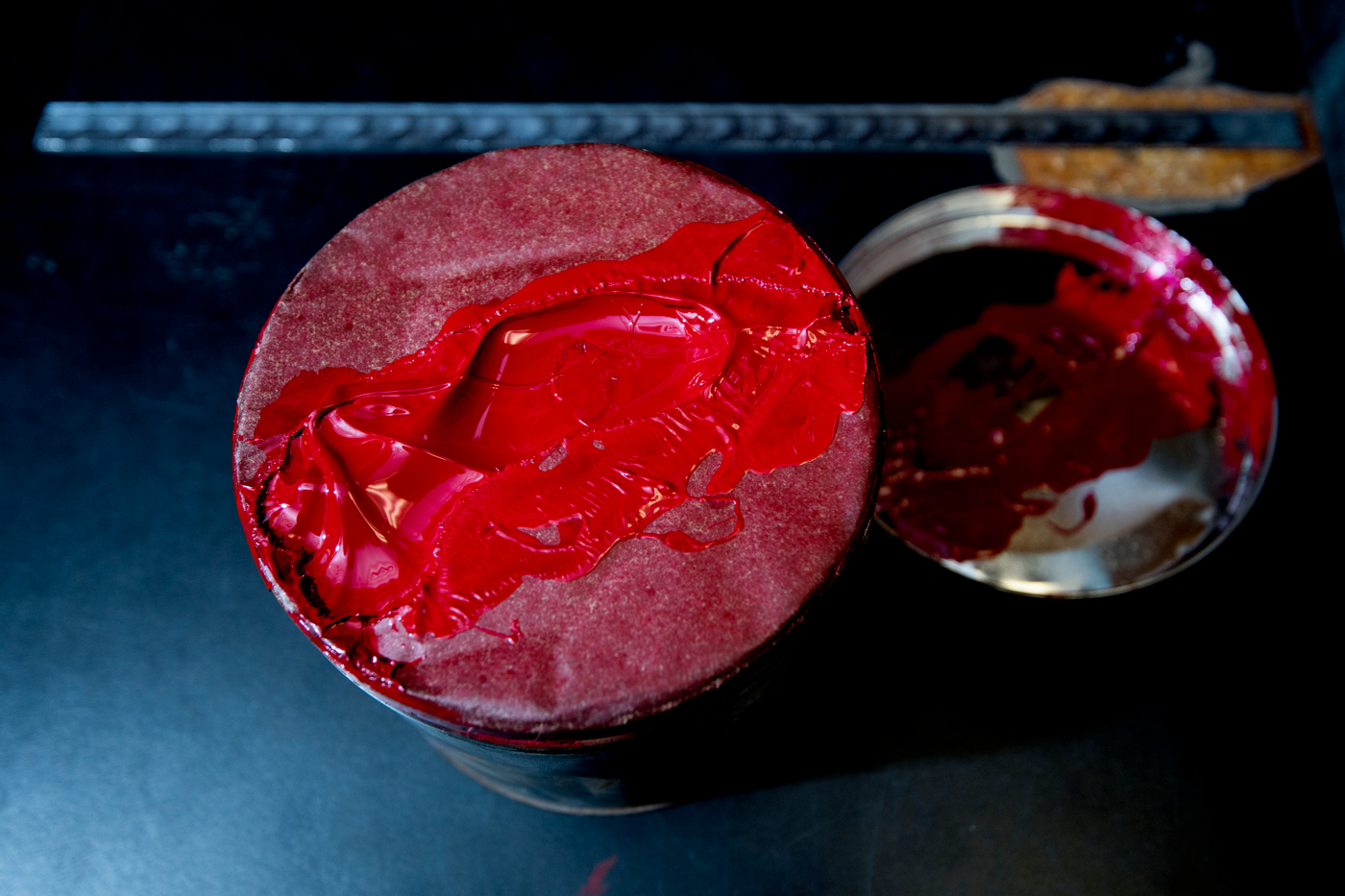
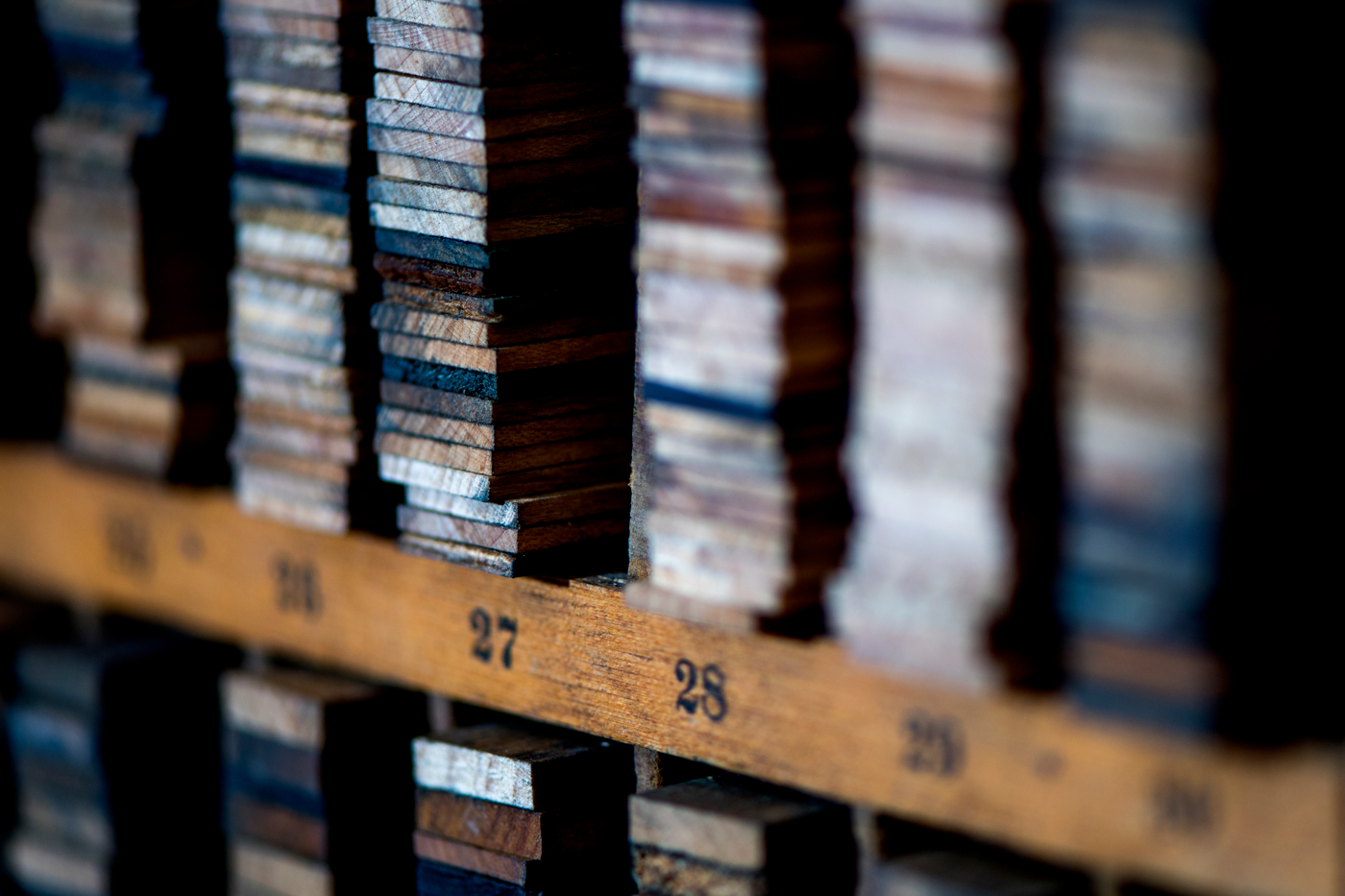
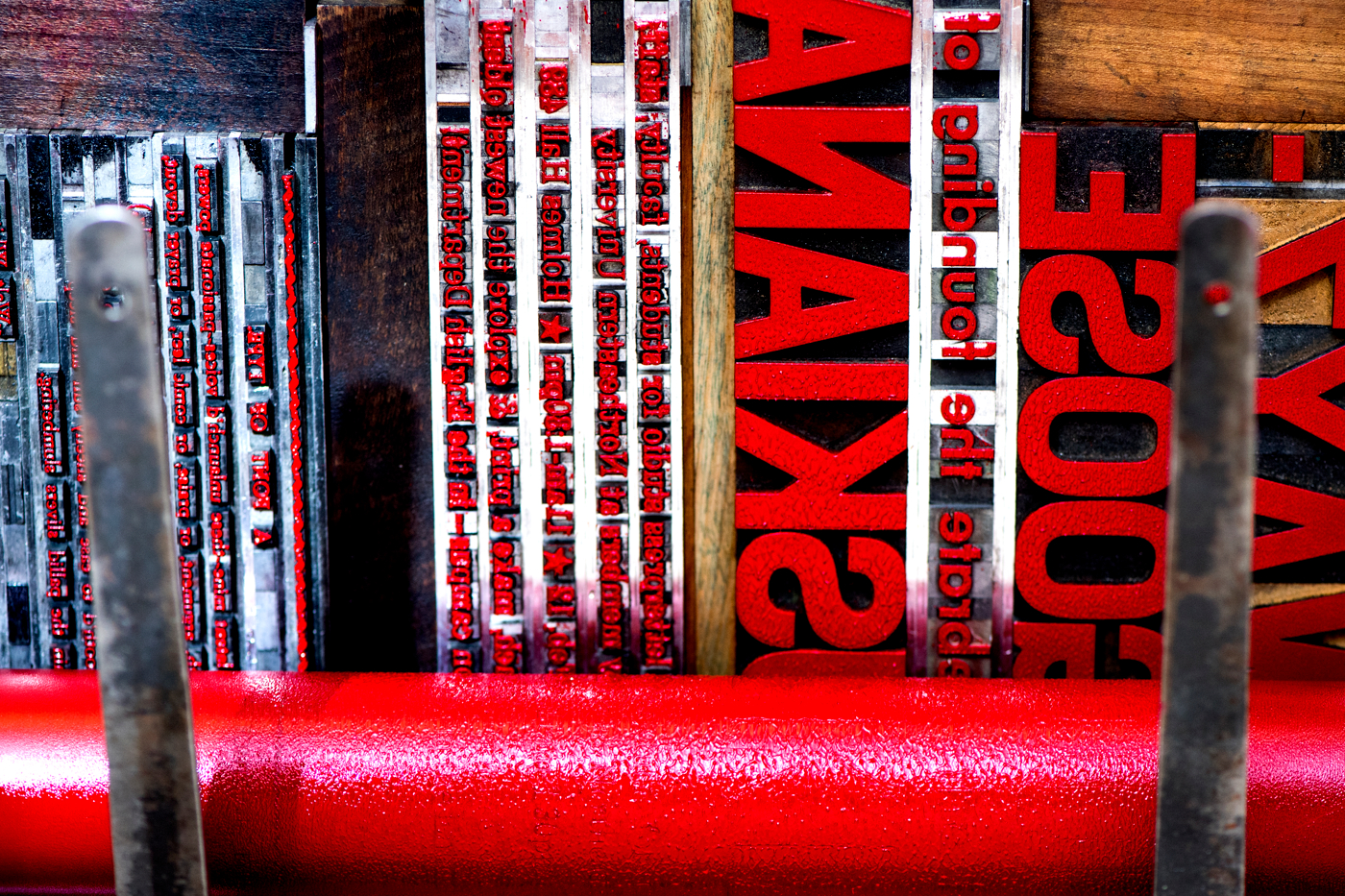
The studio will be used to teach the history of print technologies and show how they can be used with today’s technologies, such as 3D printing, to create posters, postcards, and other projects.
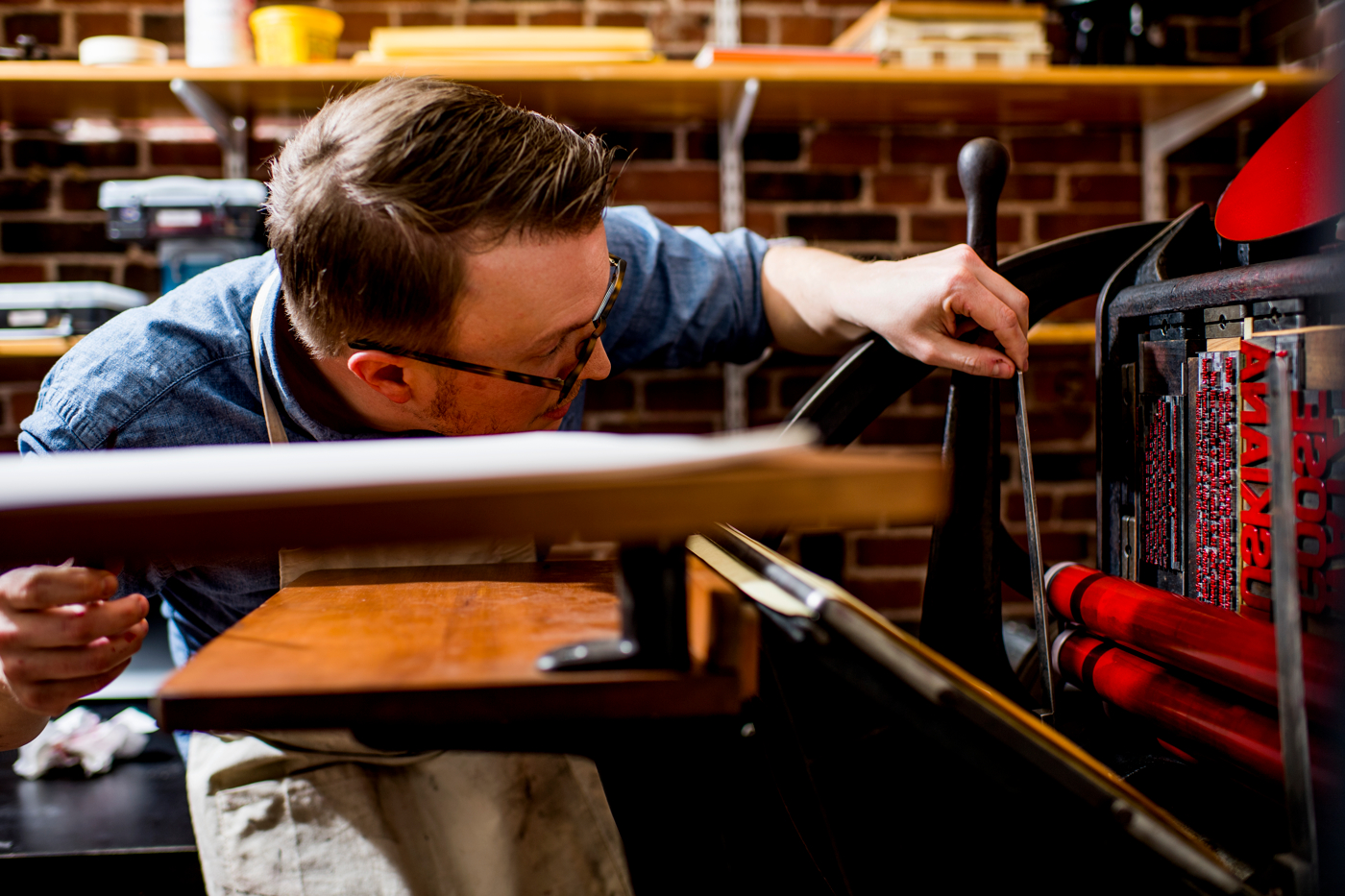
Ryan Cordell adjusts a piece of the printing press in the letterpress studio in the midst of a printing job. Photo by Matthew Modoono/Northeastern University
“Experiential history is really valuable for students to make the past come alive,” said Cordell, an associate professor of English who teaches courses on the history of books and technology. “This exposes them to the human realities of the past that you don’t always get just reading literary anthologies.”
The process to prepare a letterpress job for printing is labor intensive. To print Whitman’s poem, Cordell carefully places the individual pieces of type—both the letters and the spaces between the words—on a composing stick, a tool used to assemble all the pieces into words and lines. He also places thin metal strips, known as leading, below each line to create gaps that separate the lines of text. After a few lines are completed, he moves them to a metal tray, called a galley, that serves as the workspace for gathering all the pieces of type needed to print the poem.
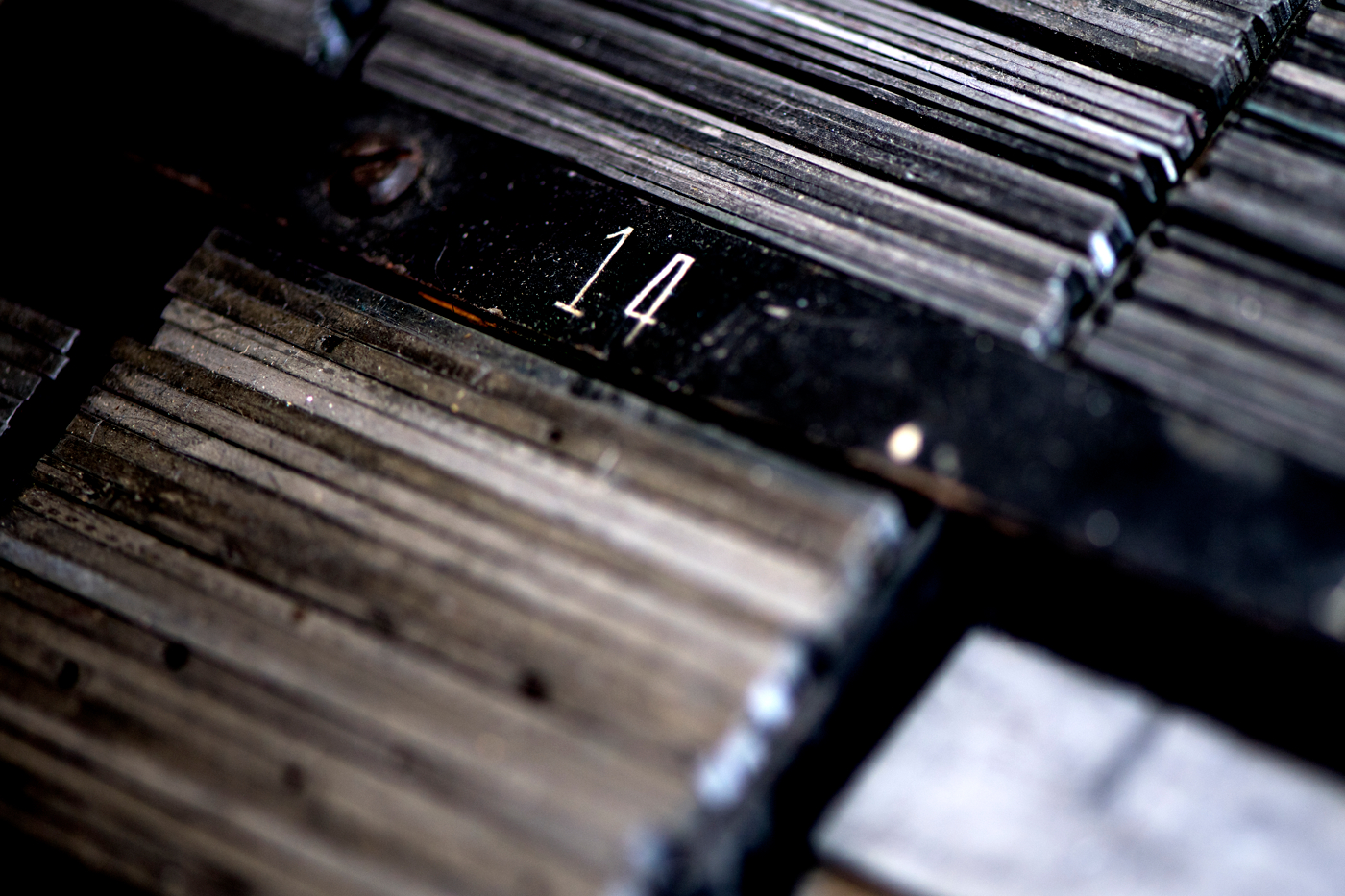
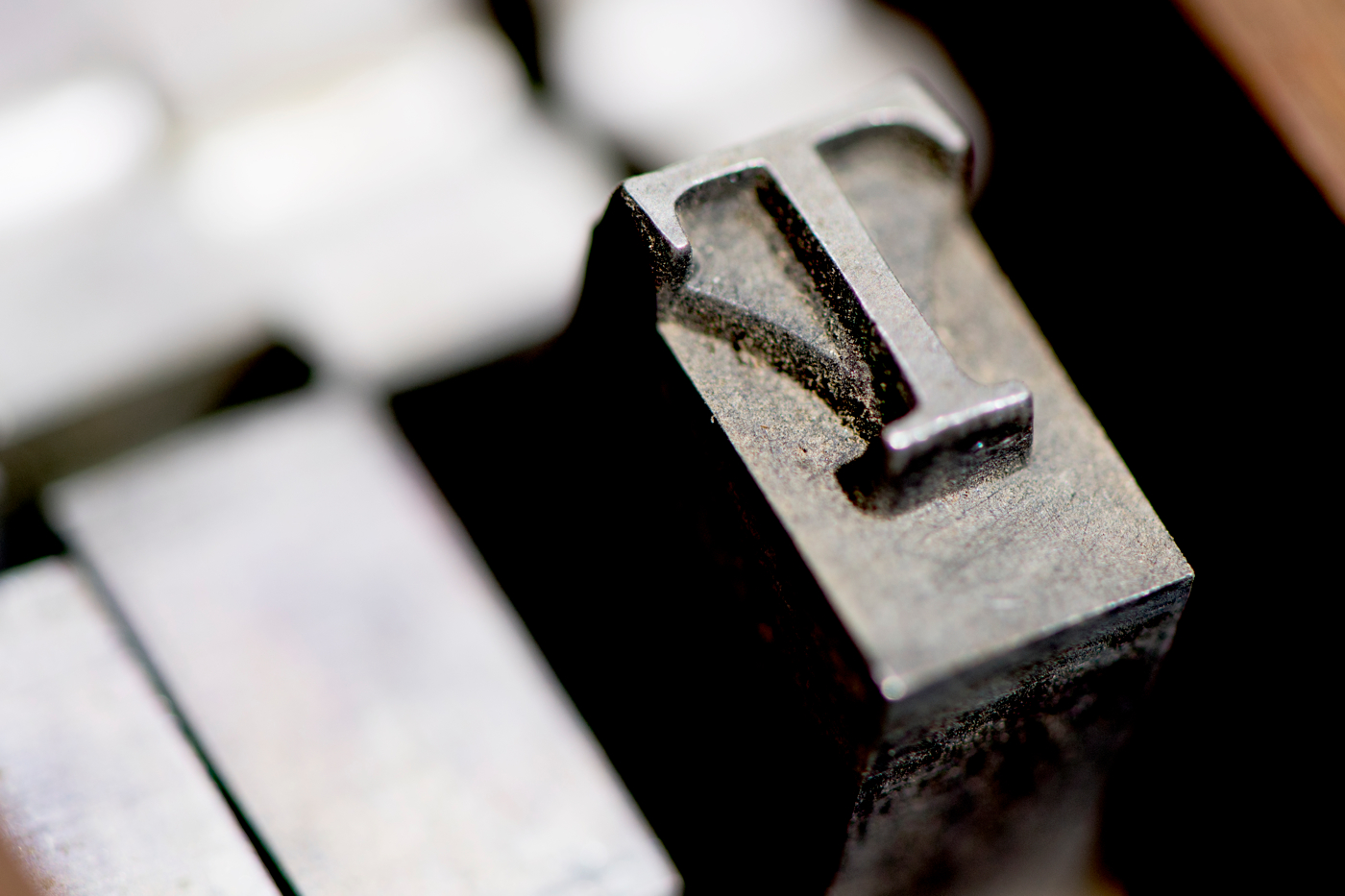
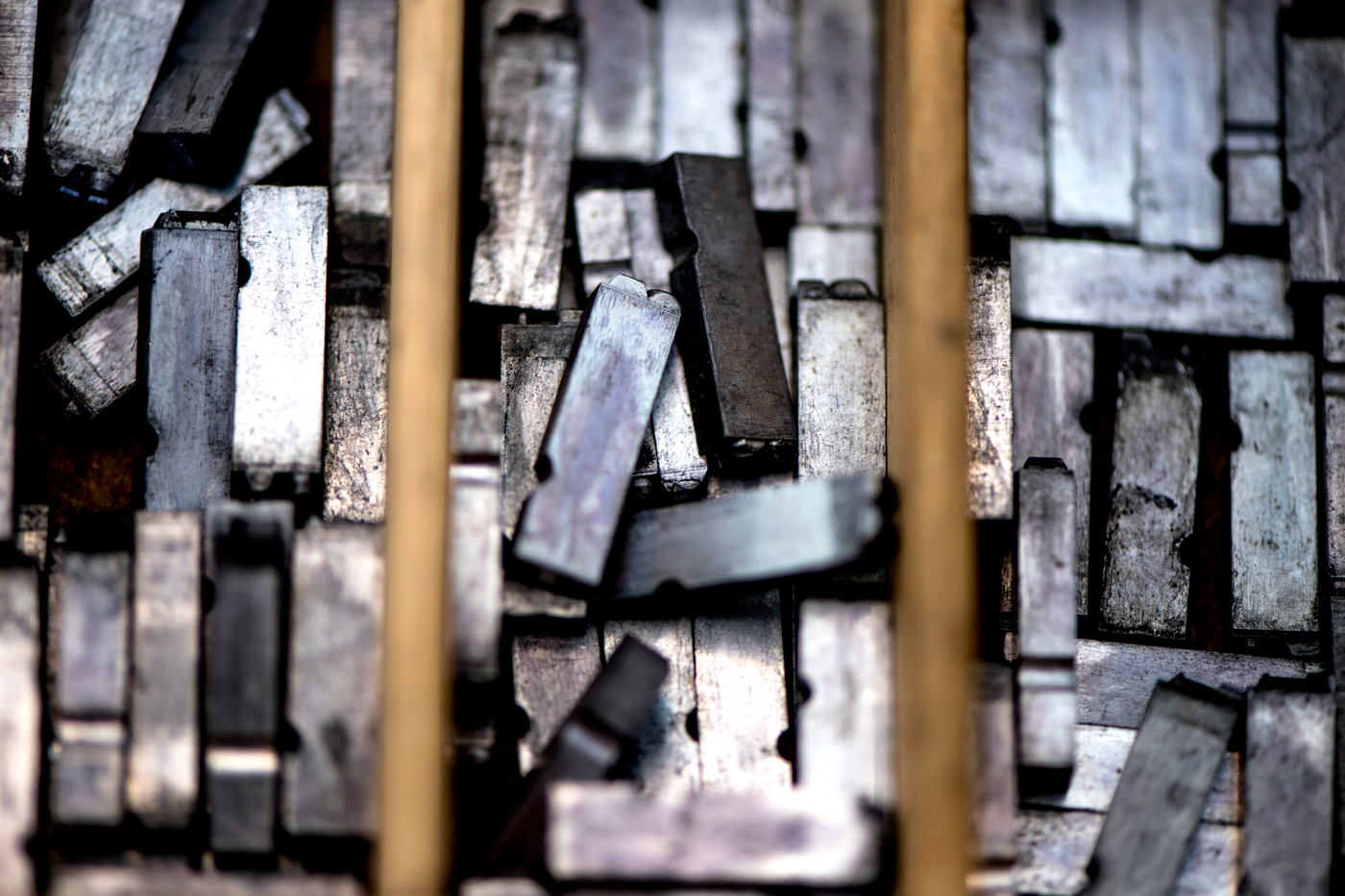
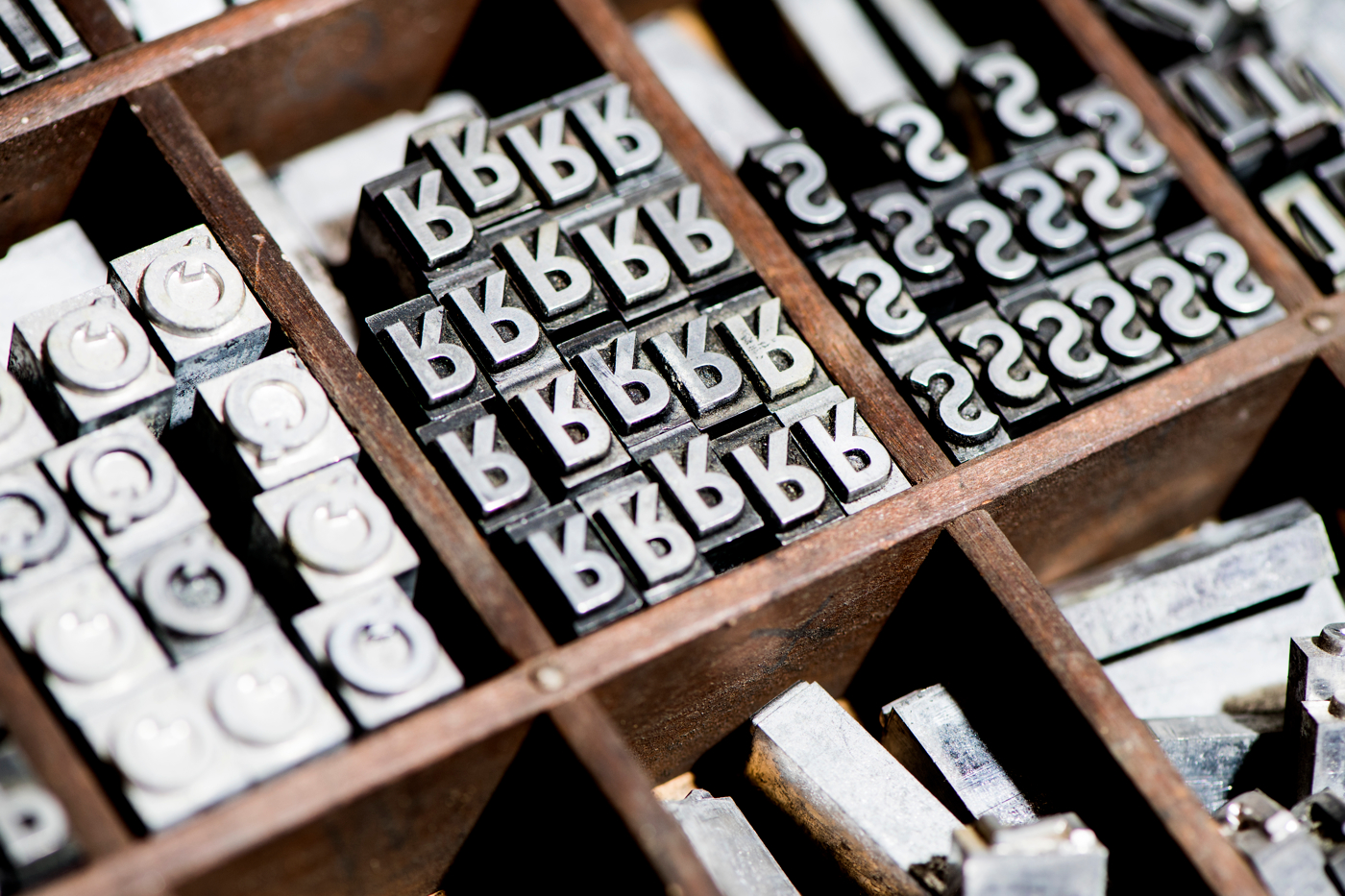
Once all the type and leading are in place in the galley, Cordell moves them to a steel frame, known as a chase. The chase holds in place all of the type and leading, as well as wooden blocks, called furniture, that are used to fill the remaining open space in the chase. Finally, he places the chase into the printing press, and he’s ready to print.
It’s the same process Whitman would have known; the poet was a printer and a typesetter years before he composed “A Font of Type.”
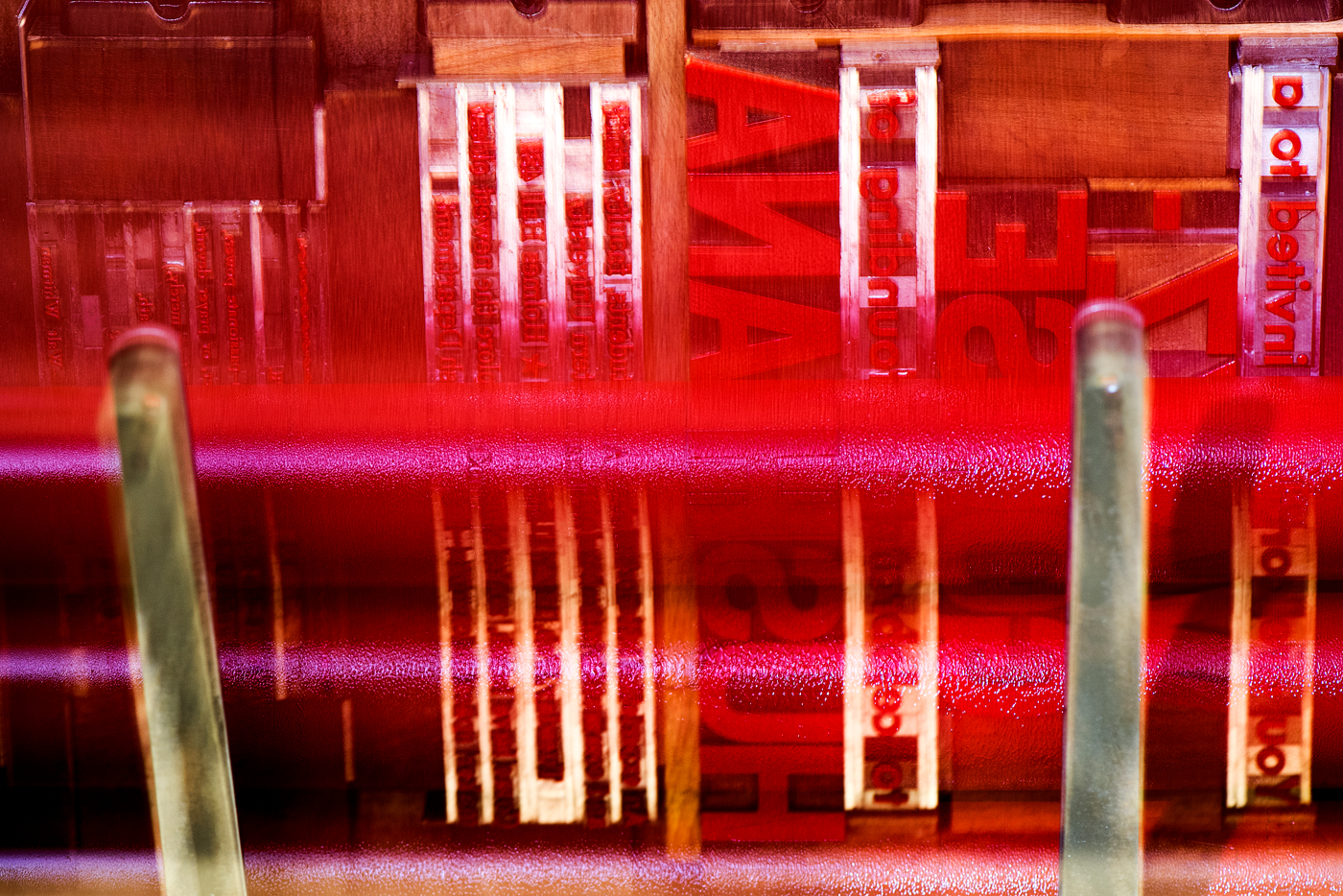
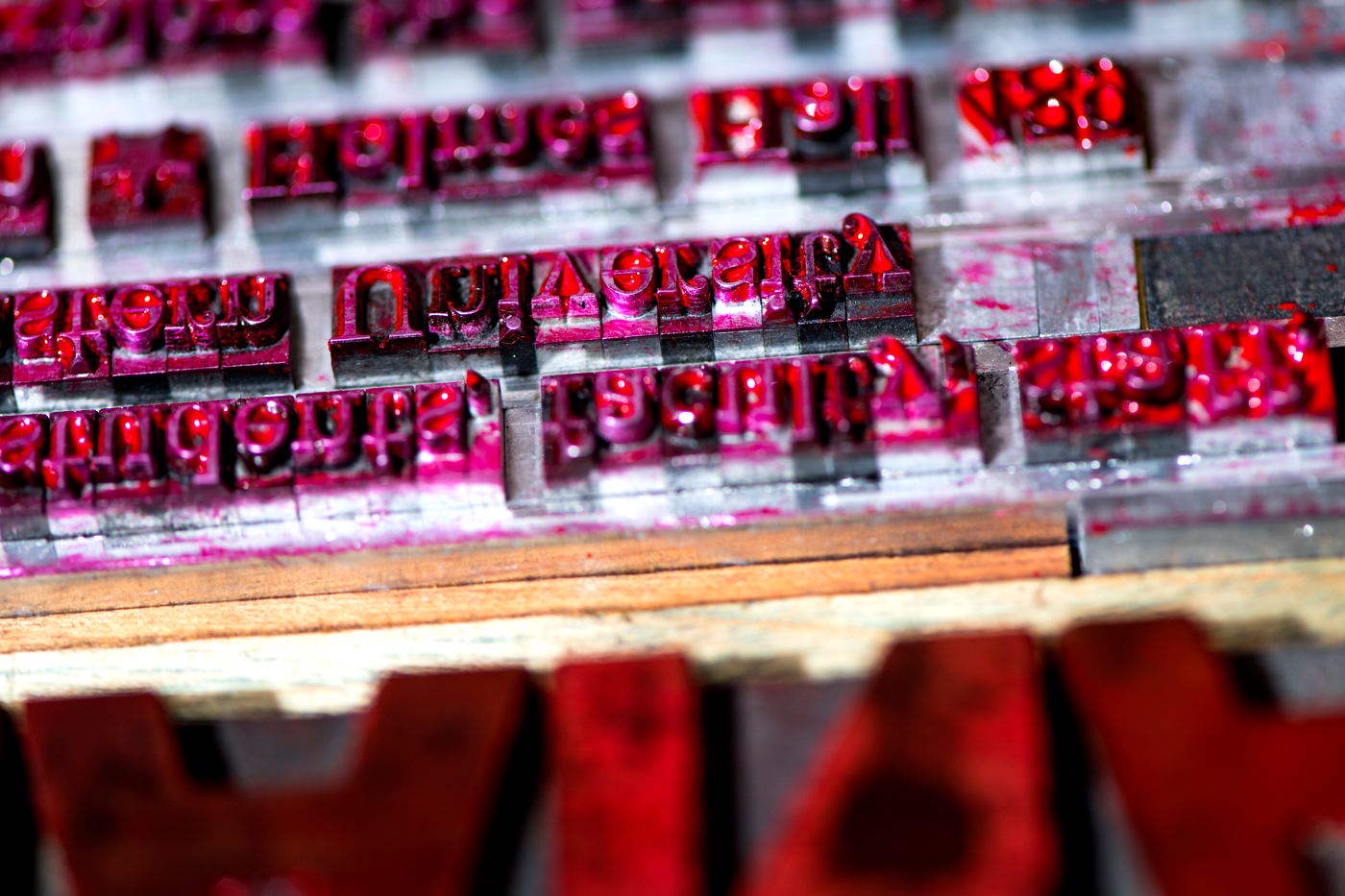
Cordell procured a printing press, a proofing press, dozens of fonts, wooden storage cabinets, and other tools and equipment from the Museum of Printing in Haverhill, Massachusetts, to open the letterpress studio earlier this month. The printing press, a Golding Pearl No. 14, is the centerpiece of the studio. It was made in Boston by Golding & Co., and finished on Oct. 9, 1896. Pearl is one of the types of presses that the company made, and 14 is the model number.
The studio previously served as a storage closet for the English department. Cordell said he was charmed by the space, which features exposed brick on the walls.
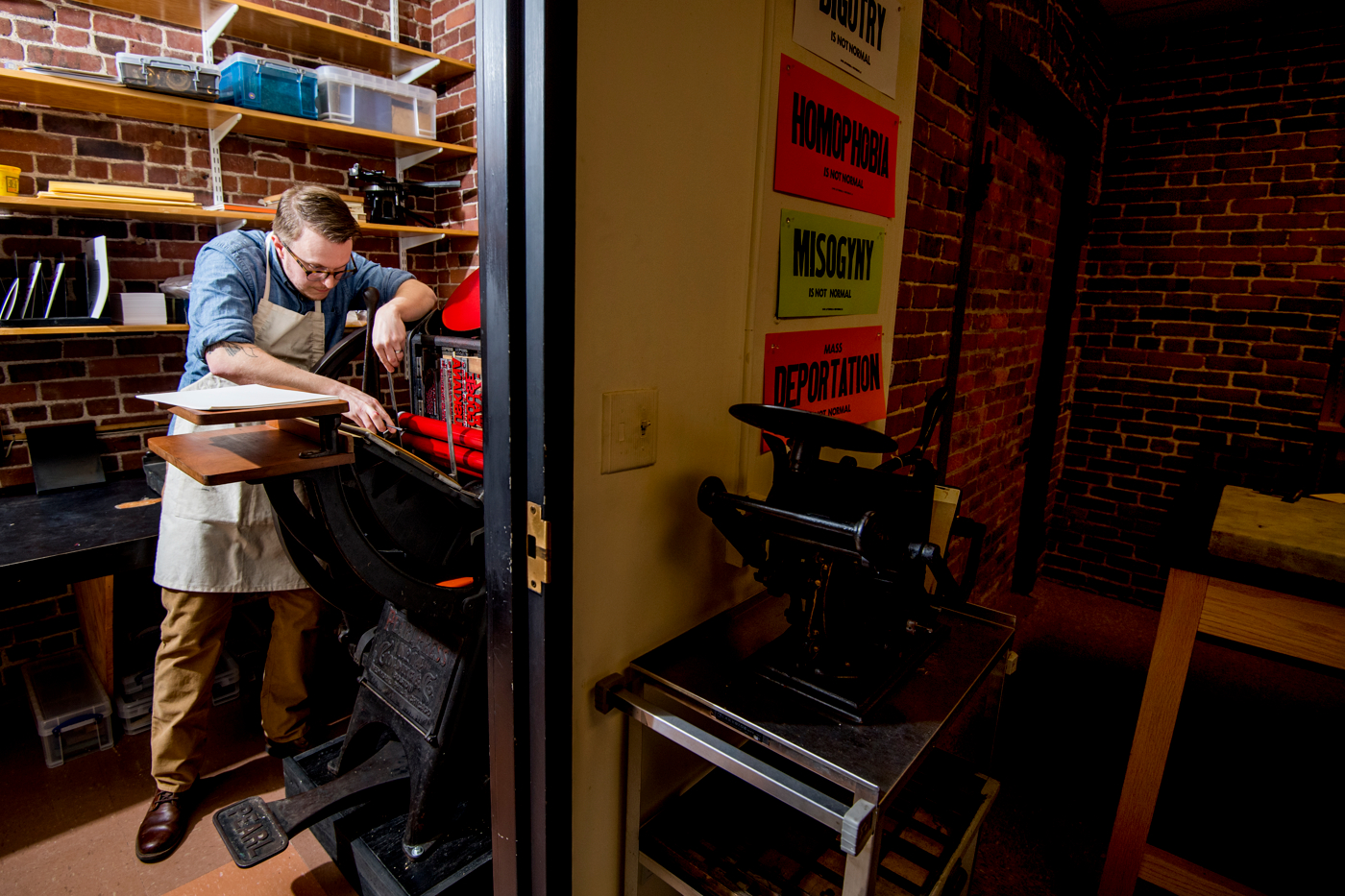
Ryan Cordell adjusts a piece of the printing press in the letterpress studio in the midst of a printing job. Photo by Matthew Modoono/Northeastern University
“It felt thematically appropriate for the letterpress studio,” he said.
The studio, which is named Huskiana Press, will hold its grand opening on Feb.12. Visitors will be able to view the makerspace and print out a souvenir using the printing press. The word Huskiana shares its name with a collection of materials on Northeastern’s live mascot, King Husky, in the university library’s archives.
Cordell said letterpress printing has undergone a renaissance over the past decade, similar to those of vinyl records, typewriters, and other once-forgotten technologies.



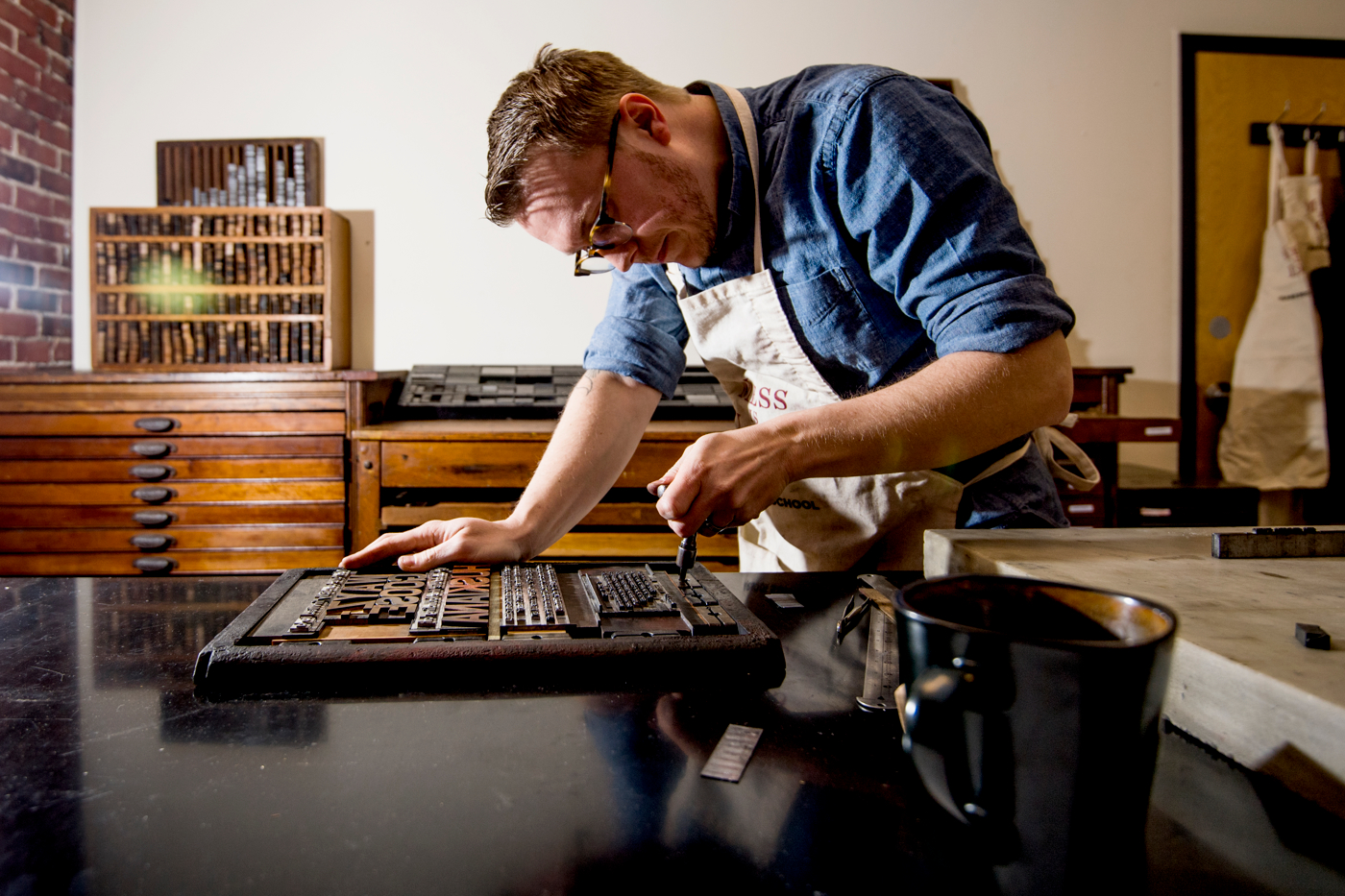
“There’s a real hunger for analog technologies,” he said. “It’s not that letterpress is better than the inkjet printer. We’re just finding culturally where these things fit if you wanted to print something.”
For media inquiries, please contact media@northeastern.edu.





